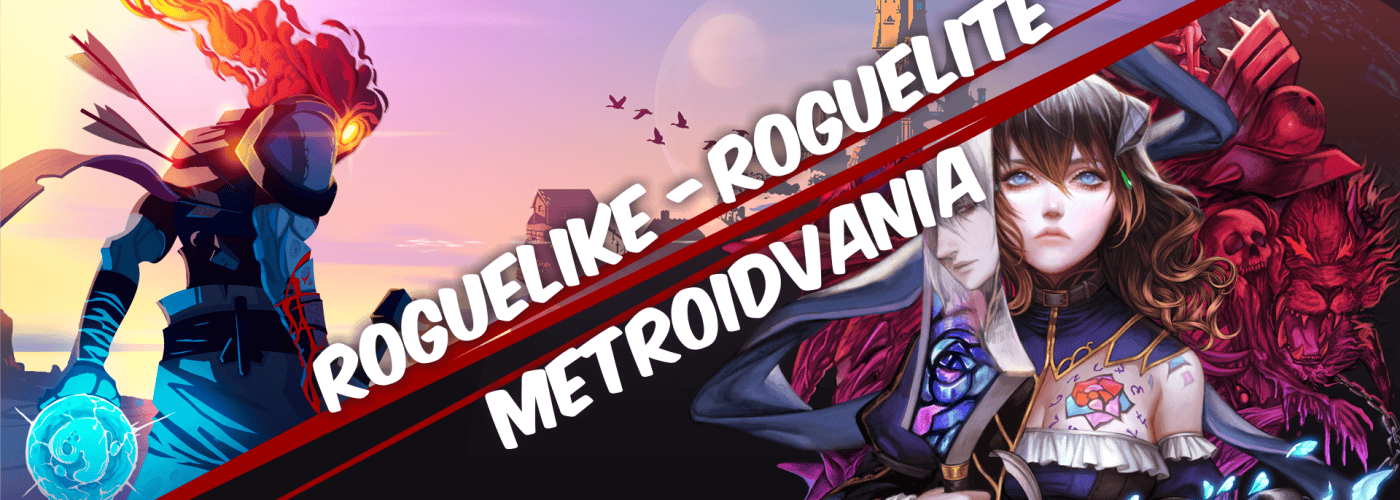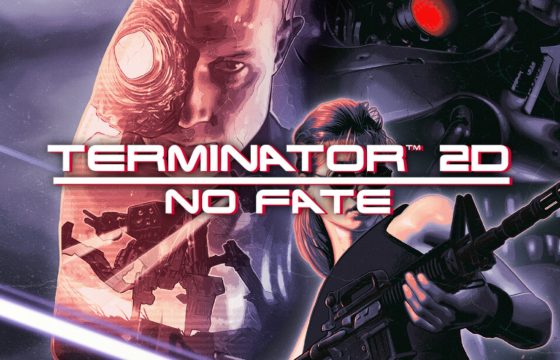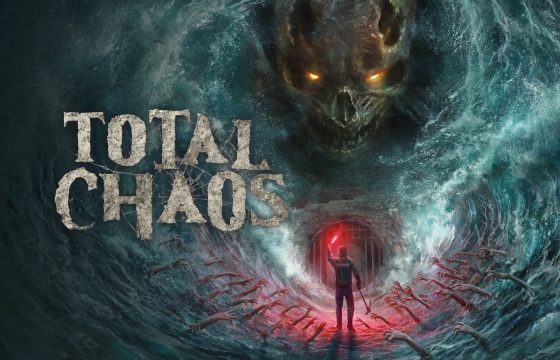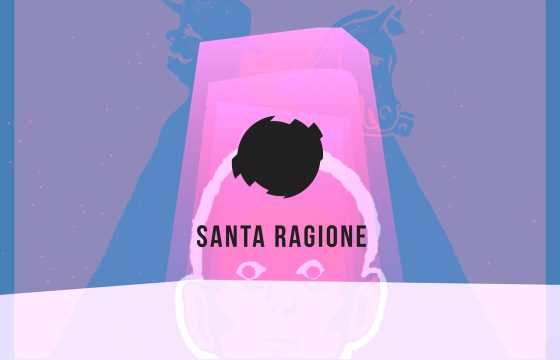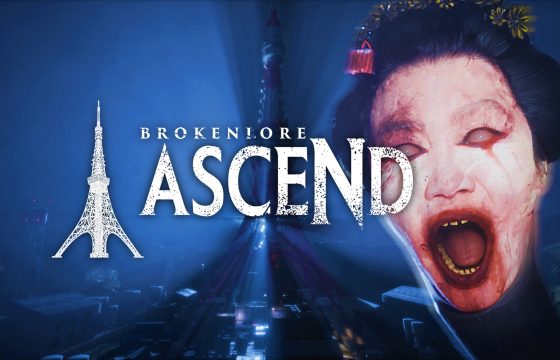Roguelike, Roguelite and Metroidvania: Let’s Clarify
The world of video games is a universe that is constantly evolving as time passes. New subcategories and genres emerge to meet the need for innovation and the growing complexity of gaming experiences.
Among the many game categories, three have gained significant popularity in recent years: Roguelike, Roguelite, and Metroidvania.
In this article, we will explore the differences between genres and their origins.
Roguelike: The Origin Genre
To fully understand the differences between these genres, it is essential to start with the definition of “Roguelike“. It is a term that has its roots in the early 80s and draws inspiration from the game “Rogue“, published in 1980. We owe the creation of this title to Glenn Wichman, Ken Arnold and Michael Toy, it left an indelible mark in the field of video games.


“Rogue” is a turn-based dungeon crawler that introduces some key features of the genre, including: procedurally generated levels, Permadeath, i.e. the permanent death of the character and the lack of detailed information on the game mechanics.
Despite featuring simple ASCII graphics, “Rogue” inspired a long series of games, laying the foundation for the Roguelike genre, which continues to flourish with a wide range of modern titles.
A central element of Roguelikes is the procedural generation of levels or game paths, this ensures that each game or attempt is unique.
Character death in a Roguelike is final, and the player must start over. Furthermore, resource management, strategy and randomness are hallmarks of these games.
Regarding permadeath, it is important to note that, contrary to common belief, it wasn’t “introduced” by “Rogue” but was the default in games of that era. As Zeno Rogue, a Roguelike expert and developer, pointed out, permadeath was a standard feature in video games at the time since the option to save the game was very rare. However, “Rogue” did contribute to solidifying this mechanic, especially because the game was played on a map, unlike the typical text-based adventure games of that period. I also agree, as I explain further down in the article, that permadeath wasn’t a unique characteristic of “Rogue,” but rather a common behaviour in most games of that era.
Interestingly, while permadeath is strongly associated with Roguelikes, it wasn’t a defining characteristic of the genre according to historical definitions from the 1990s. Permadeath was made optional in many commercial Roguelikes, with hardcore fans often choosing to play with this mode enabled. This approach, though widespread, is not much different from other strategy games with elements of randomness, such as “Civ” or “XCOM.”
An example of this influence can be seen in the original concept for “Diablo,” which was intended to be a 100% commercial Roguelike. Although “Diablo” eventually evolved into what is now improperly known as an action RPG, it still retained many Roguelike elements. Due to these elements, “Diablo” should more accurately be considered an “action Roguelike.”


Another classic element of Roguelikes is the lack of complete information on game mechanics and items, pushing the player to progressively discover how things work in the game world. However, some modern Roguelikes, such as “Dungeon Crawl Stone Soup,” follow a philosophy of clarity, offering players more transparent and accessible information, demonstrating that there are various interpretations of these elements within the genre.
Roguelite: A Less Punitive Twist
Roguelites represent a more accessible and indulgent variation on their Roguelike predecessors. The key feature that sets them apart is the handling of character death. Unlike classic Roguelikes, where death is often final and forces the player to start over from scratch, in Roguelites death may not be so punishing.
In a Roguelite, the death of the character does not necessarily mark the end of the game path. Here, players can keep some resources, skills or progress acquired during previous games.
This approach allows players to gradually accumulate power-ups, items, or knowledge, progressively improving their chances of success as they progress through the game’s challenges.
This more indulgent structure makes Roguelites an ideal entry point for less experienced players or those who prefer a less steep learning curve.
However, despite the reduced death penalty, Roguelites often maintain a meaningful challenge and a rewarding sense of progression. This makes them popular among a wide range of players.
A further element of appeal of Roguelites is their highly replayable nature. Because each new game can offer a different experience thanks to the procedural generation of levels and random events.

One of the best-known examples of Roguelite is “The Binding of Isaac“, developed by Edmund McMillen and Florian Himsl. The game features a Roguelike structure but allows players to unlock new characters and items as they progress. This, progressively improving their chances of success.
Another successful example in the Roguelite genre is “Hades“, developed by Supergiant Games. In “Hades,” players play as Zagreus, son of Hades, as he attempts to escape Hell.
Supergiant Games is currently working on the second title of the “Hades II” saga, which introduces Melinoë, Zagreus’ younger sister, as the main character.
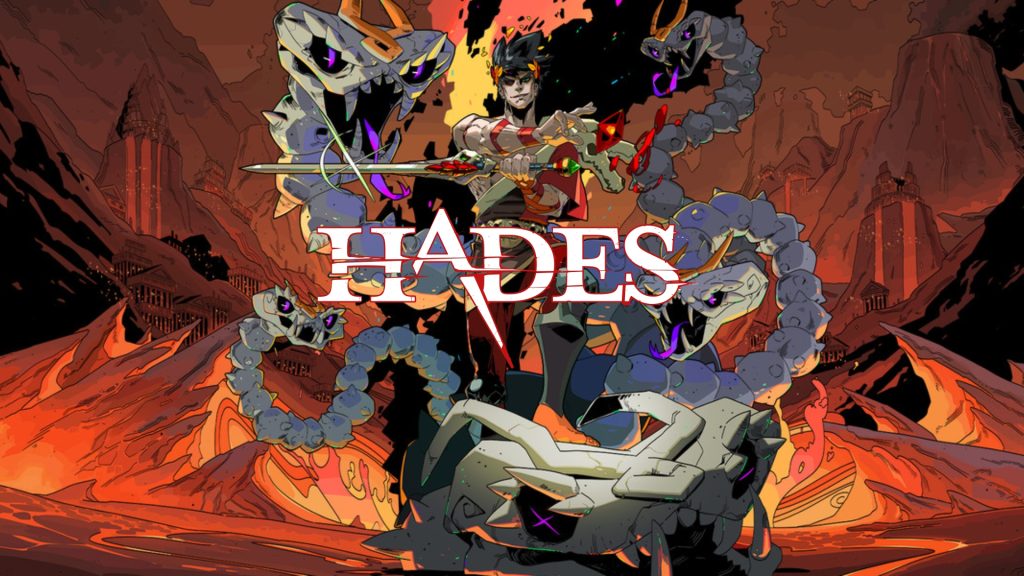
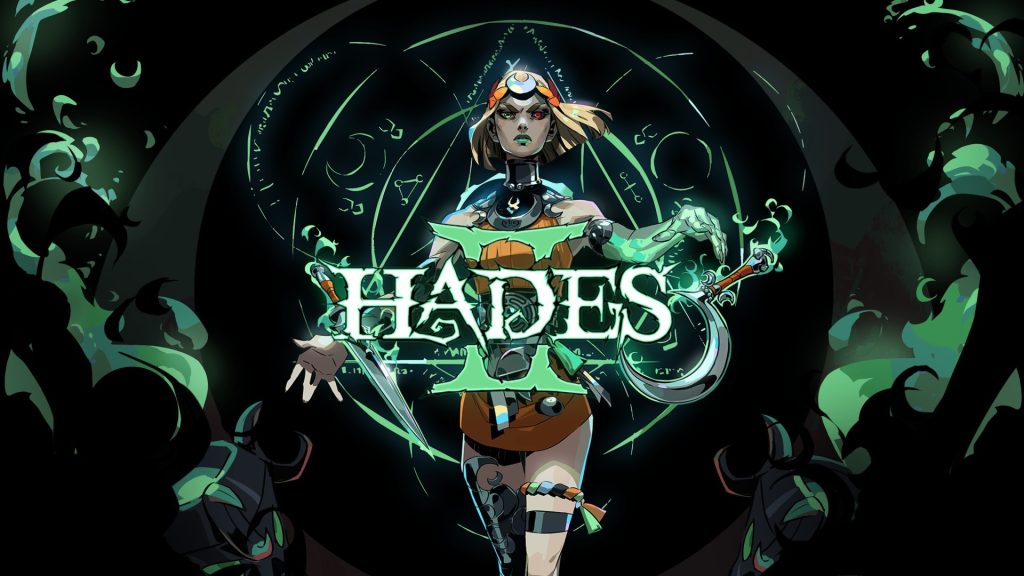
The game cleverly combines roguelike elements with a compelling narrative and dynamic combat system. Thus offering players an engaging and constantly evolving experience.
Another example is “DEAD CELLS” by Motion Twin, considered by many to be one of the mainstays of modern Roguelites. With a strong ironic component, it borrows weapons and abilities from a large number of successful games to create a unique gaming experience.
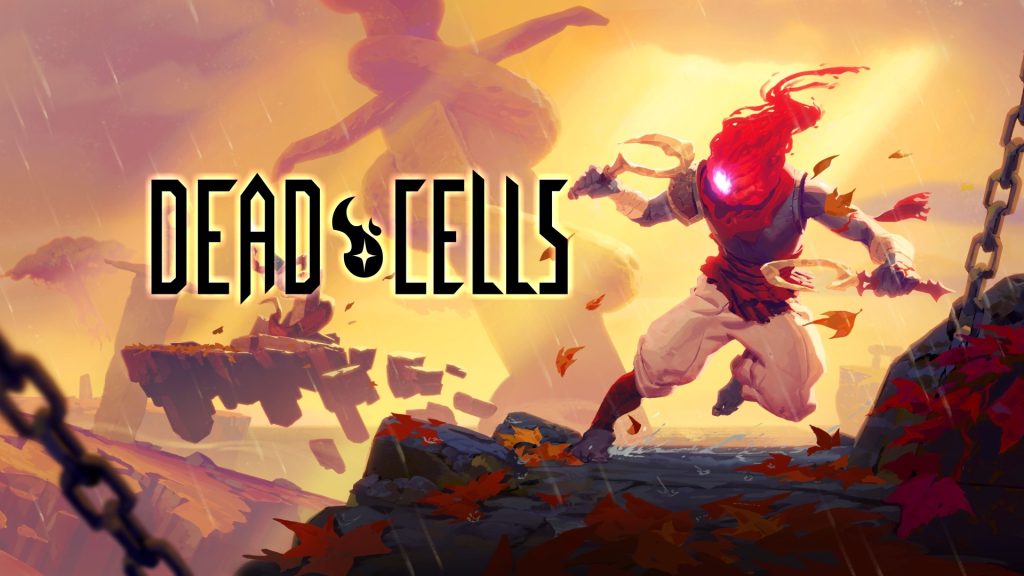
In “DEAD CELLS“, progression allows you to acquire new weapons and abilities, which give the player the opportunity to repeat their steps using a different build each time, also taking into consideration the feeling and personal style.
Metroidvania: Another Kind of Exploration
Moving on to Metroidvanias, this genre combines elements of exploration, platforming and character progression. The term “Metroidvania” is a fusion of two iconic game series, “Metroid” and “Castlevania,” which help define the genre.


In the Metroidvania, players explore an interconnected world, often unlocking new abilities that allow them to access previously inaccessible areas.
This game design promotes exploration and puzzle solving, while character progression is key to accessing new areas.
A classic example of a Metroidvania is “Super Metroid,” in which players control Samus Aran as he explores an alien planet full of secrets and formidable enemies.

A promising future for Metroidvania game lovers
Metroidvania is currently a genre highly appreciated by both developers and players themselves who love the genre.
Among the titles in development, promising works such as “Anima Flux” stand out, compelling and designed for the local cooperative game “Local CO-OP“, set in a dystopian science fiction world.
“EXIL” by Mystic Clockwork Studio (Napat Saeung) is a fascinating anime-style Metroidvania, set in a post-apocalyptic world.
Lucid Dreams Studio’s “Biomorph” offers an immersive experience that mixes elements of Metroidvania and Soulslike. What characterizes it is a refined style and a good dose of action.
“BŌ: Path of the Teal Lotus” by Squid Shock Studios is another interesting title that draws on the rich Japanese folk tradition. Here, players will be able to immerse themselves in a world full of mysteries and challenges.

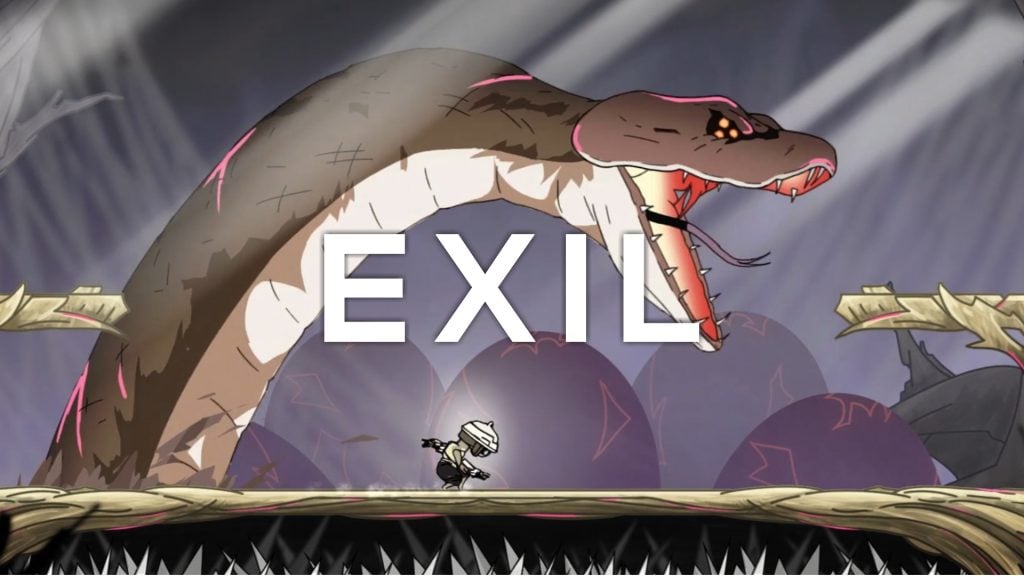
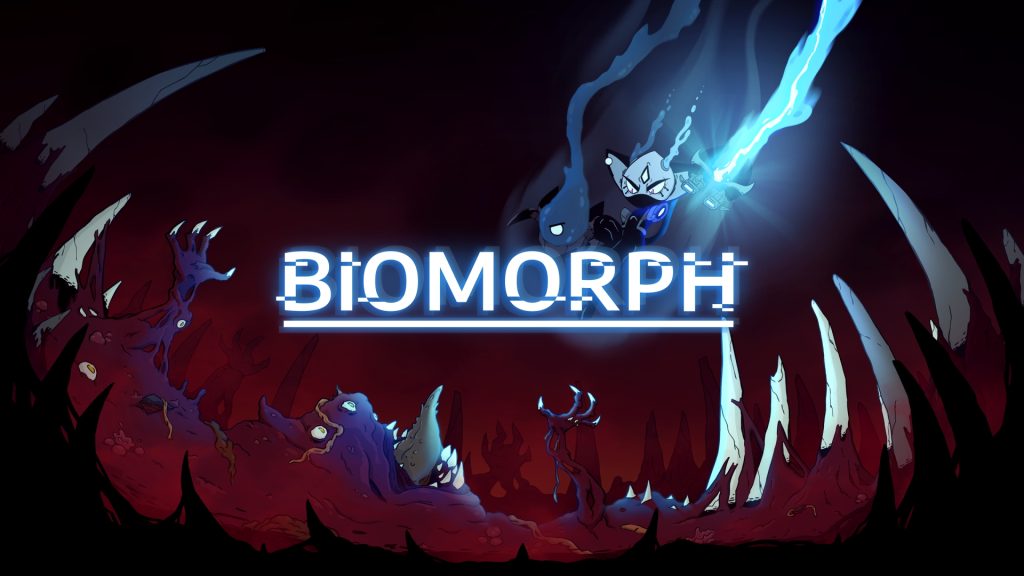
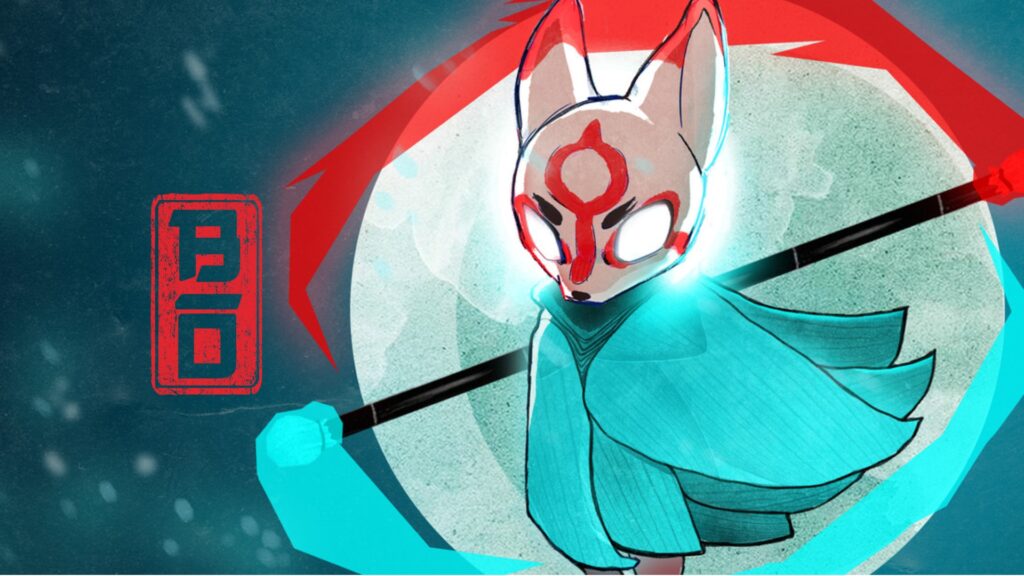
However, the future of Metroidvania games is not just limited to titles in development, but also includes already released games that continue to evolve and expand.
“Blasphemous“, now in its second chapter with “Blasphemous 2“, is an example of how a successful title can continue to grow and offer new challenges to loyal players.
The “Guacamelee!” has proven its worth in the world of Metroidvania games, with both titles offering a unique combination of exploration and humor.
“Hollow Knight“, a title loved by critics and gamers, is preparing the ground for its next chapter whose title is “Silk Song“. The title offers a meticulously designed gaming experience, full of puzzles to solve and bizarre creatures to defeat.
The “Ori” saga, featuring “Ori and the Blind Forest” and “Ori and the Will of the Wisps“, captures the hearts of players with its emotional art and touching story.
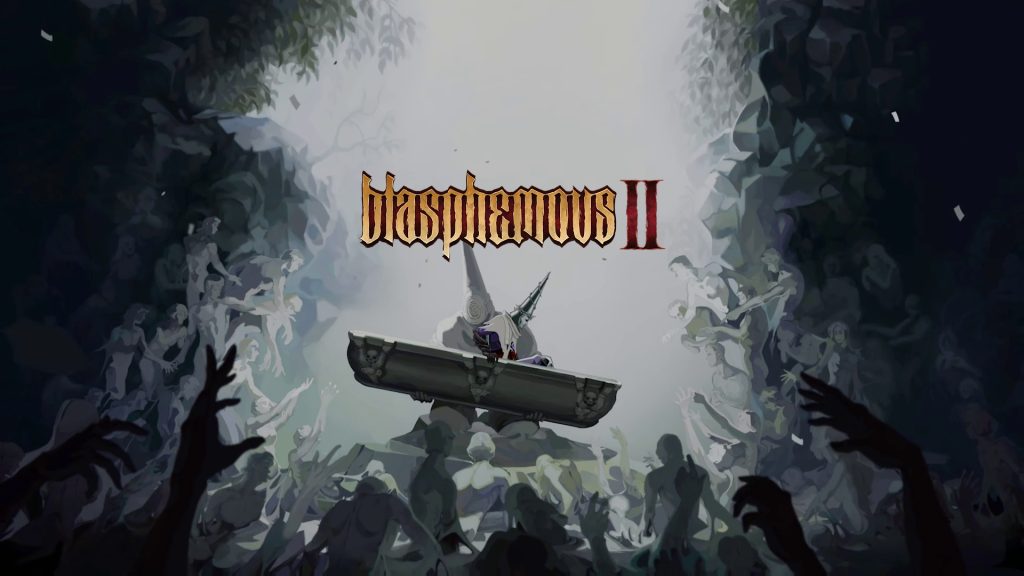

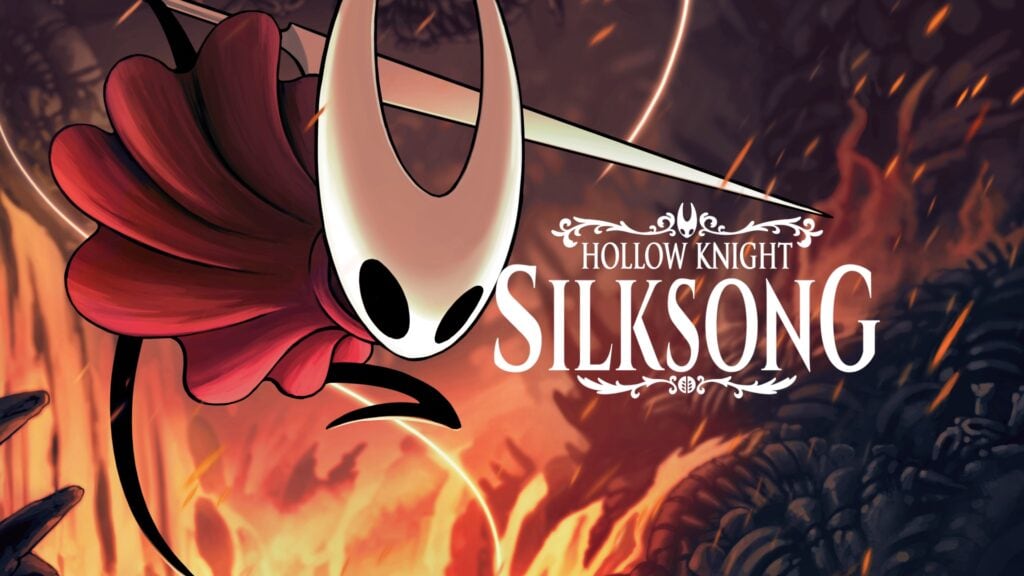

It’s also impossible not to mention Arkane Studios’ Prey. Released in 2017, it generated a great debate among the public on whether or not it was an “Open World“, precisely because of the Metroidvania dynamics implemented by Arkane.
An attempt to unite the genres was also made by the Fairyship Games team, who with “Testament” wanted to experiment with a 3D first-person RPG, with Metroidvania elements.
Are we facing the dawn of new possible genres such as FPS Metroidvania (FPSM) and TPS Metroidvania (TPSM)? ?

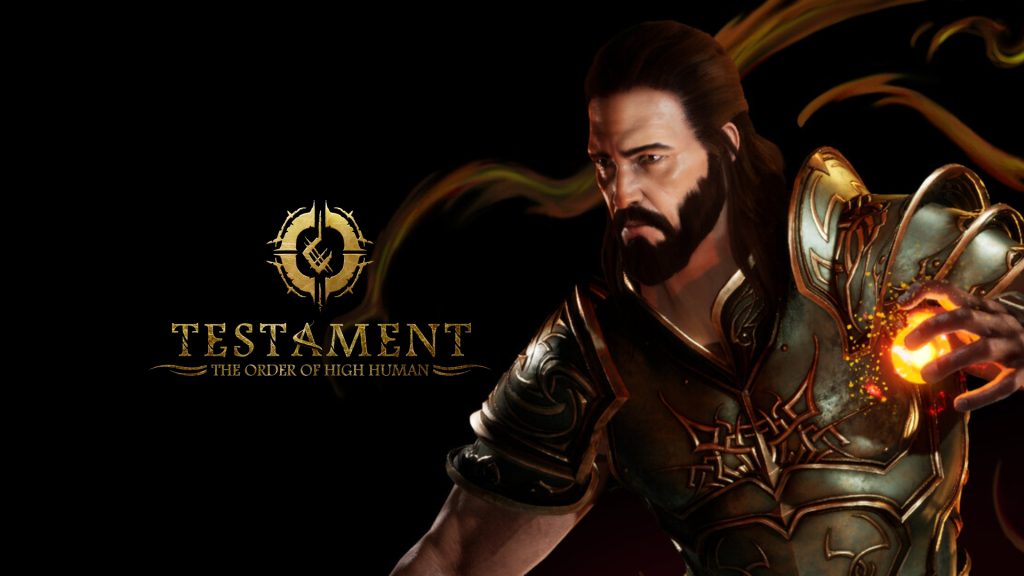
A personal consideration: We’ve all been a bit of a Roguelike!
For those who come from the golden age of arcade games or from computers such as the Commodore, the Amstrad, the ZX Spectrum, or even from old game consoles such as the Atari, the Intellivision, the Coleco, to name a few , the memories will be vivid: no title offered the possibility of saving the game.
The only way to continue on arcade machines was to insert a coin, while on personal computers and consoles of the 70s and 80s, the death of the character often meant the definitive “game over“, making them practically all games “Permadeath“.
There was, in some cases, the hope of using the “Continue” functionality, which allowed you to resume from the point where you failed. Or we started again from the beginning of the level reached, but this option was not always present in the titles.
However, with technological evolution and the advent of new consoles and gaming platforms, there has been an epochal change in progress saving systems.
The Evolution of Game Progress Saving Systems
The introduction of progress saving systems in video games marks a fundamental turning point in the evolution of the video game industry.
These systems allow players to preserve their successes and pick up the game where they left off, avoiding having to start from scratch every game session.
A form of “saving” was initially Passwords or Level Codes.
These codes were sequences of characters or numbers that players had to write down or memorize and enter before starting the game to resume the game from a specific point. A well-known example is the game “Metroid” for the NES.
With the advent of the Nintendo Entertainment System (NES) in the late 1980s, a true revolution began. NES introduces cartridges with an internal battery, allowing players to directly save their progress to the cartridge.
This paves the way for games like “The Legend of Zelda” that transform the gaming experience, allowing for deeper narratives and greater freedom of exploration.
In the 1990s and early 2000s, memory cards became the norm. These devices allowed players to save progress to external media that could be inserted into the console. Each game had its own dedicated storage space on the memory card.
As console and PC hardware evolved, autosaving became common. Many modern games implement checkpoint systems or auto-saves at regular intervals. Making the gaming experience smoother and less interrupted by manual saving.
Finally, with the advent of cloud gaming and streaming platforms, progress archiving is undergoing further evolution. Players can now save their progress on remote servers, allowing their games to be accessed from different platforms and devices, opening up new opportunities for the video game industry.
As the rule goes: Old is new, new is old!
This rule is used very frequently, especially in video games. Not only in the implementation part, such as the graphic style or features that help optimize the game. But also in the mechanics.
Hence the growing variety of games that are inspired by past successes. Presenting itself, however, with more modern guises and compelling mechanics. By expertly mixing elements together and creating new unique “dishes” like the great chefs!
In conclusion
In summary, Roguelikes, Roguelites and Metroidvanias are three distinct video game genres, each with its own unique characteristics;
- Roguelikes focus on procedural level generation and ultimate character death.
- Roguelites are a more accessible version, allowing players to keep some resources between matches.
- Metroidvanias focus on the exploration of interconnected worlds and character progression.
Each genre has its own loyal fan base and offers different gaming experiences. The constant evolution of these genres is a testament to the ever-growing creativity in the world of video games, and players can expect new fusions and interpretations of these genres to emerge in the future
Some useful links:
On the Historical Origin of the “Roguelike” Term
A Guide to the Mazes of Menace
Diablo as Commercial Roguelike (roguebasin.com)

